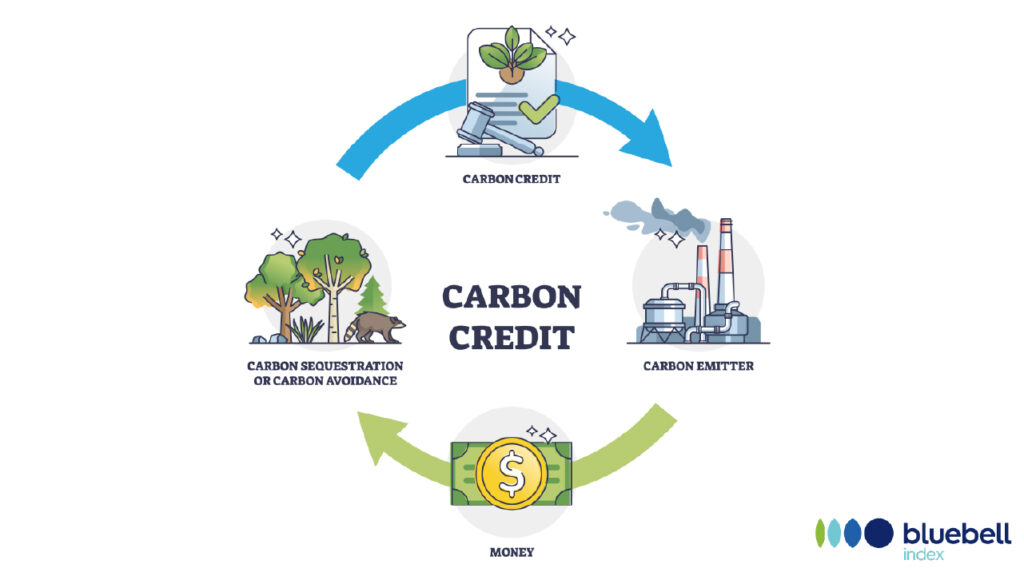The Beginner's Guide to Understanding Carbon Credits. Part 1: What it is and How They Work
Some concepts and terms used by the actors of the ‘carbon and climate ecosystem’ are still misunderstood for the general public. Since we have an urgency to solve the challenges we have, we decided to start this series of posts. This beginner’s guide is straight forward and we hope it helps you to start your own climate journey.

Climate change is one of the biggest challenges facing our planet today, and reducing greenhouse gas emissions is crucial in the fight against it. Carbon credits provide a unique solution for reducing emissions and promoting sustainability. But what exactly are carbon credits and how do they work?
In this comprehensive guide, we will explore the basics of carbon credits and help you understand why they are becoming an increasingly popular tool for mitigating the effects of climate change.
So… What are Carbon Credits?
Carbon credits are a type of permit that allows a company to emit a certain amount of carbon dioxide (CO2) into the atmosphere. These credits can be bought and sold on the open market, creating a system of incentives for companies to reduce their emissions. The idea behind carbon credits is simple: companies that exceed their allotted emissions must purchase additional credits from companies that have emitted less than their allotted amount.
How do Carbon Credits Work?
The carbon credits system is based on the idea of emissions trading, where companies are given a limited amount of emissions permits and can trade or purchase additional credits if needed. Governments establish the total amount of emissions that can be released into the atmosphere and distribute emissions permits to companies. The goal is to create a market-based system that encourages companies to reduce their emissions and invest in clean energy technologies.
The benefits of Carbon Credits
There are several key benefits to using carbon credits to offset emissions.
- They allow companies to start reduce their carbon footprint in a cost-effective way. By purchasing carbon credits, companies can start offset their emissions without having to make significant investments in new technology or processes;
- Carbon credits create a financial incentive for companies to reduce their emissions. As the cost of carbon credits increases, companies have a stronger motivation to reduce their emissions and minimize their carbon footprint. This can lead to greater investment in clean energy technologies and increased sustainability efforts;
- They can help governments to achieve their emissions reduction targets. By establishing a cap on emissions and allowing companies to trade credits, governments can ensure that emissions are reduced in a way that is economically efficient and flexible.
Final Thoughts
Carbon credits are an innovative tool for reducing emissions and promoting sustainability. By creating a market-based system of incentives, they encourage companies to invest in clean energy technologies and minimize their carbon footprint. However, it is important to address the challenges of accurately measuring and verifying emissions reductions to ensure that the carbon credits system is as effective as possible in reducing emissions and mitigating the effects of climate change.


